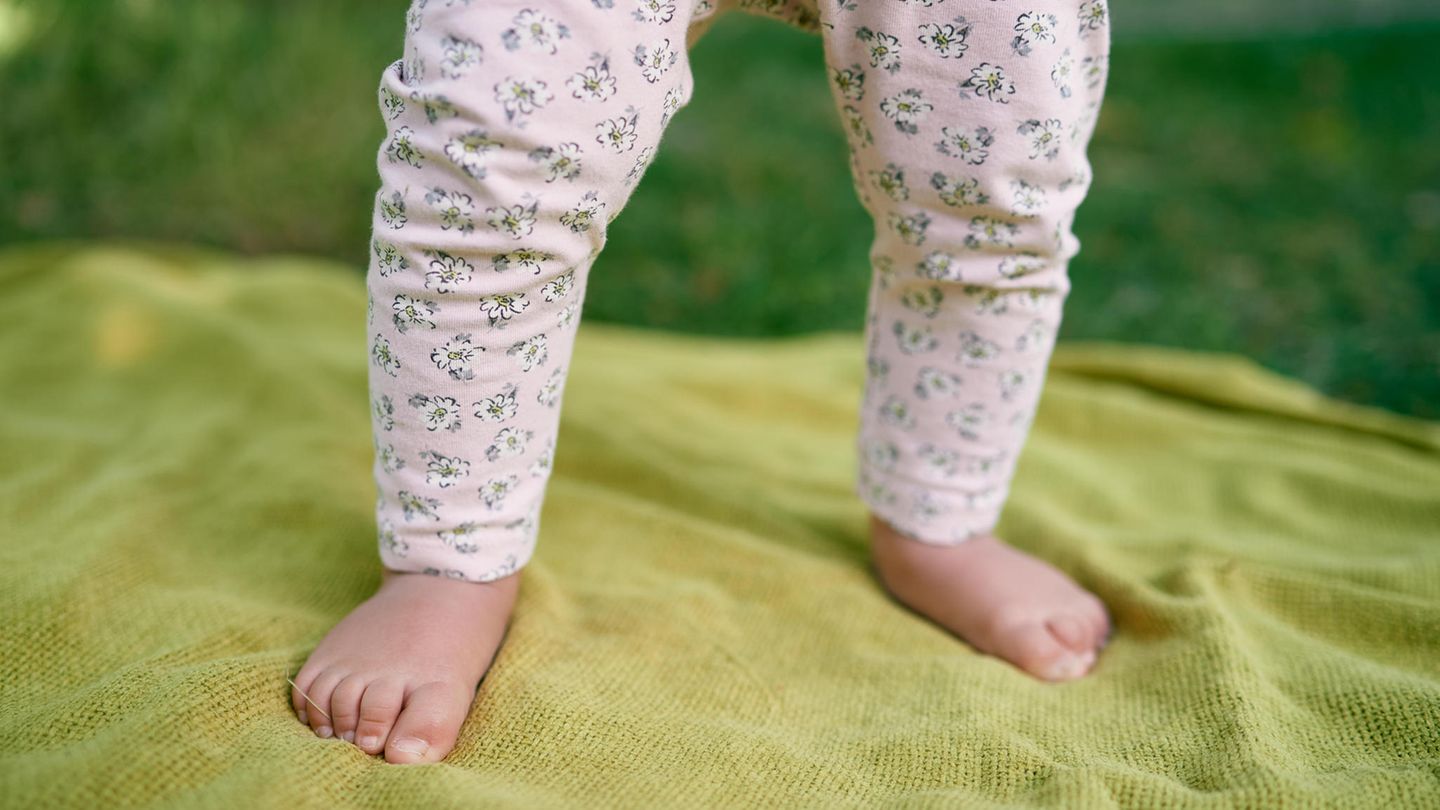Rickets is largely forgotten, but now the 19th-century disease, which mostly affects babies and children, is making a comeback. Cases are increasing in Scotland. What is behind it and how can the symptoms be interpreted correctly? RTL asked the expert.
Vera Dunnwald
This article first appeared on RTL.de
Scottish doctors are alarmed: According to health authorities, 442 cases of rickets were registered last year. This is reported, among other things, by the German Medical Journal. A clear increase can be seen, in 2018 the number of cases was still 354. The authorities want to see a connection between the occurrence of the disease and rampant poverty.
But what is the disease all about?
“Rachitis is not an infectious or hereditary disease, but an extreme form of vitamin D deficiency, favored by too little sunlight or malnutrition,” explains general practitioner and medical journalist Dr. Christoph Specht in an RTL interview. “The lack of the hormone that is normally produced by the body itself results in soft bones that deform.” Therefore, knock knees or bowlegs are not uncommon in those affected.
Babies and young children also often suffer from bone pain, grow and develop more slowly and are also more susceptible to infections. dr Specht: “The serious vitamin D deficiency damages the immune system, those affected do not build up a good defense.”
That’s why it’s important to pay attention to a child’s susceptibility to infections: “Pay attention to whether your child is very ill or whether it has general deficiency symptoms. This can be determined in the blood,” explains the doctor.
If the bones are already deformed, the rickets is already in full swing.
What you also need to know about rickets
“Once you have the disease, you can’t really get rid of it. You can compensate for the vitamin D and calcium deficiencies – but the deformation of the bones remains forever. The damage from early development remains, it are simply not ideal starting conditions in life. Similar to, for example, premature babies,” says the doctor.
To prevent rickets from developing in the first place, parents should take vitamin D prophylaxis in the first two years of life. Because: “Of course, the babies cannot and should not simply lie in the sun and absorb the vitamin D from it. However, prophylaxis and feeding balanced baby food help the children to absorb the important minerals.”
Why more rickets cases in Scotland?
An increase in rickets cases here in Germany is observed by Dr. Not Woodpecker per se, but he explains that deficiency symptoms have also increased in this country. “Imported” diseases such as tuberculosis and scabies would also occur more frequently again.
The general practitioner explains why more cases were registered in Scotland as follows: “The country of Scotland is not insanely sun-kissed. But malnutrition also plays an important role, because even then bone disease was widespread, especially in slums.”
Family cookbook by Nina Bott
French fries, nuggets and co: Four dishes that children love, interpreted in a healthy way
This aspect also seems to play a role in the spread: According to the British health authorities, more than three quarters of the new rickets cases occurred in the region around Glasgow – the city and its surroundings are among the poorest regions in Scotland. According to estimates by local authorities, almost a third of the children live in poverty. This could mean that a lack of income or lack of education also play a role.
Source: Stern
I’m Caroline, a journalist and author for 24 Hours Worlds. I specialize in health-related news and stories, bringing real-world impact to readers across the globe. With my experience in journalism and writing in both print and online formats, I strive to provide reliable information that resonates with audiences from all walks of life.




